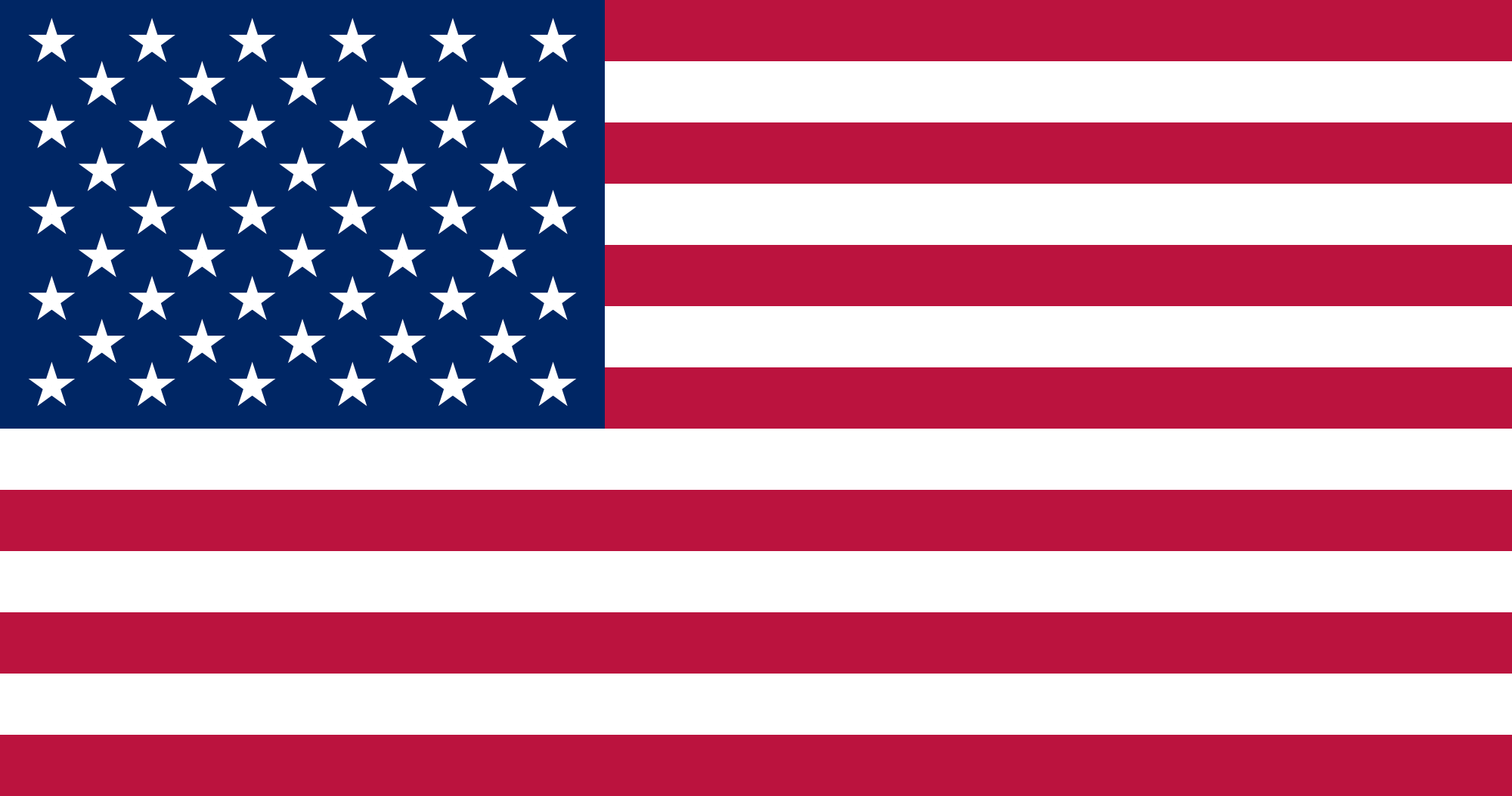MATERIALS
Our mission to make the world a cleaner and safer place through our shoes begins with picking the right materials. That is why we handpick every single element that goes into our natural shoes.
From the biodegradable leather, which comes either vegetable or chrome-free tanned, to our LEED-accredited natural hemp fibers insoles and our FSC-certified natural rubber soles, we’re here for the long-term impact our final products are having on your life and the planet.
Explore the materials and see which one goes into which model.
Chrome-Free Tanned Leather: Sustainable, Durable, Biodegradable

Popular choice for natural footwear, earth-friendly technique. Our chrome-free tanned leather brings together the best of traditional tanning methods—offering the durability of chrome tanning without the harmful chemicals. This innovative process replaces chromium sulfate with a mix of vegetable tannins, synthetic tannins, and non-toxic agents, making it a more eco-conscious choice.
Eco-friendly – No harmful chemicals, lower environmental impact
Biodegradable – It degrades naturally, easier than the chrome-treated one.
Perfect balance – Malleable yet structured, offering both comfort and longevity
Unlike conventional tanning, this process greatly reduces environmental pollution and enhances safety for both our dedicated workers and the wearer. The result? A premium leather that is not only kinder to the skin but also more biodegradable.
We use Chrome-Free tanned leather for our Zen, Onyx, Willow, Luna, Ember and Marble models.
Vegetable-Tanned Leather: Naturally Beautiful, Artisan-Crafted, and Timeless

A rarity in today’s world, only 1 in 10 shoes worldwide are crafted with vegetable-tanned leather. This centuries-old tanning method relies on organic materials like tree bark and fruit skins, infusing the leather with rich, earthy tones. The result? A material that is not only more beautiful and unique than chrome-tanned leather but also ages gracefully, developing a distinct patina over time.
Naturally tanned – No synthetic chemicals, only organic tannins
Handcrafted & rare – Takes up to 60 days to make, requiring skilled artisans
Compared to chrome-tanned leather, vegetable-tanned leather is biodegradable, making it one of the most sustainable leather choices. As fewer companies invest in this time-honored craft, it becomes an exclusive and treasured material—one that embodies both tradition and innovation.
We use vegetable-tanned leather for our Zen (Moss), Kombat, Granite and Firefly models.
Water-Repellent Suede: Stylish, Breathable, and Built to Last

Soft yet durable, our water-repellent suede combines style with practicality. Sourced from carefully processed, fine hides, suede is known for its lightweight feel, softness and breathability. Our special water-repellent treatment ensures reliable protection against light water splashes.
Light & breathable – Keeps feet comfortable in all seasons
Water-repellent – Resists light splashes while retaining softness
Stylish & timeless – A refined look that never goes out of fashion
Suede never scratches, making it the perfect material for babies and toddlers. While suede demands a bit of extra care, proper maintenance will keep your shoes looking pristine for years—just don’t step on them carelessly (Elvis Presley would be mad if you do).
We use water-repellent suede leather for our Ruby, Jade and Ember models.
Recycled Mesh: Durable, Flexible, and Eco-Friendly

Turning a polluting PET bottle into a beautiful shoe. Our recycled mesh is an innovative solution that transforms plastic waste into high-performance material. Made from recycled plastic bottles and other repurposed materials, this fabric is durable, breathable, and highly flexible—perfect for both kids and adults. By giving waste a second life, our mesh helps reduce landfill overflow, prevents plastics from polluting the oceans, and cuts down greenhouse gas emissions.
Eco-conscious – Reduces waste and demand for virgin materials
Highly ventilated – Perfect for intense activities
Lightweight yet strong – Flexible and durable for long-lasting comfort
Beyond its sustainability, recycled mesh supports movement and play. Every pair of shoes made with this fabric helps keep plastic out of landfills and oceans, turning waste into something beautiful, functional, and future-friendly.
We use recycled mesh for some Terra and Rock models.
BIO-Based Vegan Leather: Cruelty-Free, Sustainable, and Stylish

No animals were harmed in the making of this leather. A modern alternative to traditional leather, our vegan leather offers the same sleek look and supple feel—without the use of animal products. Made from a plethora of natural materials, this eco-conscious innovation helps reduce environmental impact while maintaining durability, comfort, and style.
Cruelty-free – No animal by-products, just natural innovation
Easy to clean – A simple wipe keeps them looking fresh
Unlike synthetic vegan leathers made from petroleum-based materials, our BIO-based vegan leather, made from up to 69% plant-based raw materials, ensures breathability and flexibility, making it an ethical choice without compromising on performance. A stylish, low-maintenance solution for those who care about the planet as much as their footwear.
BIO-based vegan leather from our shoes is made from viscose, from well managed forests and bio-derived polyurethane from renewable sources. The material is sourced from European non-food and GMO-free corn and wheat crops.
We use BIO-based vegan leather for the Willow, Terra and Rock models.
Organic Cotton: Soft, Sustainable, and Naturally Breathable

Natural choice that’s made to last. Organic cotton is a game-changer for eco-conscious footwear. Grown without synthetic pesticides or fertilizers, it’s a gentler choice for both the planet and your skin. Not only does it use less water than conventional cotton, but it also ensures breathability, softness, and comfort—perfect for daily wear and sensitive feet.
Eco-friendly & chemical-free – Grown sustainably without harmful pesticides
Breathable & hypoallergenic – Keeps feet cool, fresh, and irritation-free
Durable & biodegradable – Long-lasting yet naturally compostable at end of life
Organic cotton is naturally absorbent and soft, making it a versatile, sustainable choice for conscious consumers. Organic cotton is used for its comfort, ethics, and minimal impact—ensuring every step you take is lighter on the planet.
We use organic cotton for our Breeze and Reed models.
Recycled Linen: Durable, Breathable, and Naturally Sustainable

Using wasted linen to create something long-lasting. Our recycled linen gives discarded textiles a second life, creating a strong, breathable, and eco-conscious material for footwear. Unlike traditional fabrics, it requires minimal processing, reducing water usage, energy consumption, and chemical waste while maintaining its natural durability. Over time, linen softens and develops a beautifully worn-in texture, making every pair of shoes uniquely yours.
Sustainable & biodegradable – Repurposed fibers with minimal environmental impact
Moisture-wicking & breathable – Keeps feet cool and comfortable
Durable & long-lasting – Stronger than cotton, softens beautifully over time
Its slightly textured feel adds character, making it a timeless, eco-friendly choice for conscious consumers who appreciate both function and fashion.
We use recycled linen for our Breeze shoes.
FSC-certified Natural Rubber: Ethical, Durable, and Eco-Friendly
Sustainability starts from the ground up. Literally. That’s why we use FSC-certified natural rubber, a renewable and responsibly harvested material that ensures both high performance and environmental responsibility. Unlike conventional rubber production, FSC-certified plantations follow strict ethical and ecological standards, protecting forests, workers, and wildlife.
Responsibly sourced – Harvested from sustainably managed forests with no deforestation
Durable & flexible – Naturally shock-absorbing, slip-resistant, and long-lasting
Eco-conscious choice – Free from harmful petrochemicals, biodegradable, and non-toxic
FSC-certified natural rubber ensures a positive impact—both on your feet and on the planet. With every step, you're choosing sustainability, ethical production, and a healthier future.
We use FSC-certified rubber for most of our adults shoes.
Natural Hemp Fibers (LEED Accredited): Strong, Sustainable, and Breathable

Hemp is one of nature’s strongest and most sustainable fibers. We choose LEED-accredited hemp to ensure our insoles meet the highest eco-conscious building and manufacturing standards. Unlike conventional textiles, hemp requires minimal water, no pesticides, and regenerates soil, making it a low-impact yet high-performance choice for footwear.
LEED-accredited & eco-friendly – Grown with minimal resources, fully biodegradable
Breathable & moisture-wicking – Keeps feet dry and comfortable
Extremely durable & long-lasting – Stronger than cotton, softens beautifully over time
Standard insoles are usually made from synthetic or plastic foams, which are non-degradable and polluting. Our insoles are removable, just in case you want to feel closer to the ground and get more feedback from it. Feel free to use it if you feel like you need a little extra cushioning. They also offer thermoprotection for enhanced warm or cold. With every step, you’re choosing a material that’s as strong as it is sustainable.
We use natural hemp fibers for most of the insoles in our shoes.
Bamboo Lining: Soft, Breathable, and Naturally Antimicrobial

Even pandas love bamboo! Bamboo lining is nature’s answer to comfort and sustainability. Made from rapidly renewable bamboo fibers, this material is ultra-soft, breathable, and moisture-wicking, ensuring your feet stay cool, dry, and fresh all day long. Plus, its natural antimicrobial properties help prevent odors and bacteria buildup—perfect for active lifestyles.
Sustainably sourced – A fast-growing, eco-friendly material with minimal impact
Breathable & moisture-wicking – Absorbs sweat while keeping feet dry and fresh
Antimicrobial & hypoallergenic – Fights bacteria and odors while being gentle on the skin
Beyond its luxuriously soft feel, bamboo lining is also biodegradable and durable, making it an excellent eco-conscious alternative to synthetic materials. Whether you're on the go or relaxing, your feet will enjoy lightweight comfort with a lower environmental footprint.
We use bamboo lining for the Breeze and Rock models.
Boiled Wool: Naturally Warm, Durable, and Moisture-Absorbant

Soft but structured. Our boiled wool is the perfect blend of warmth, durability, and natural performance. Through a unique felting process, wool fibers are boiled and compressed, making them denser, more durable, and moisture-absorbent—while still allowing your feet to breathe and stay comfortable in any season.
Temperature-regulating – Keeps feet warm in the winter and cool in the warmer days of spring or fall
Breathable & moisture-wicking – Absorbs sweat while maintaining airflow
Beyond its insulating and antimicrobial properties, boiled wool is also eco-friendly and biodegradable, making it a conscious choice for comfort and sustainability. Whether indoors or outdoors, it provides a soft yet structured fit—keeping every step cozy, dry, and durable.
We use boiled wool for some of our Firefly shoes.
 EN
EN RO
RO 
Login and Registration Form